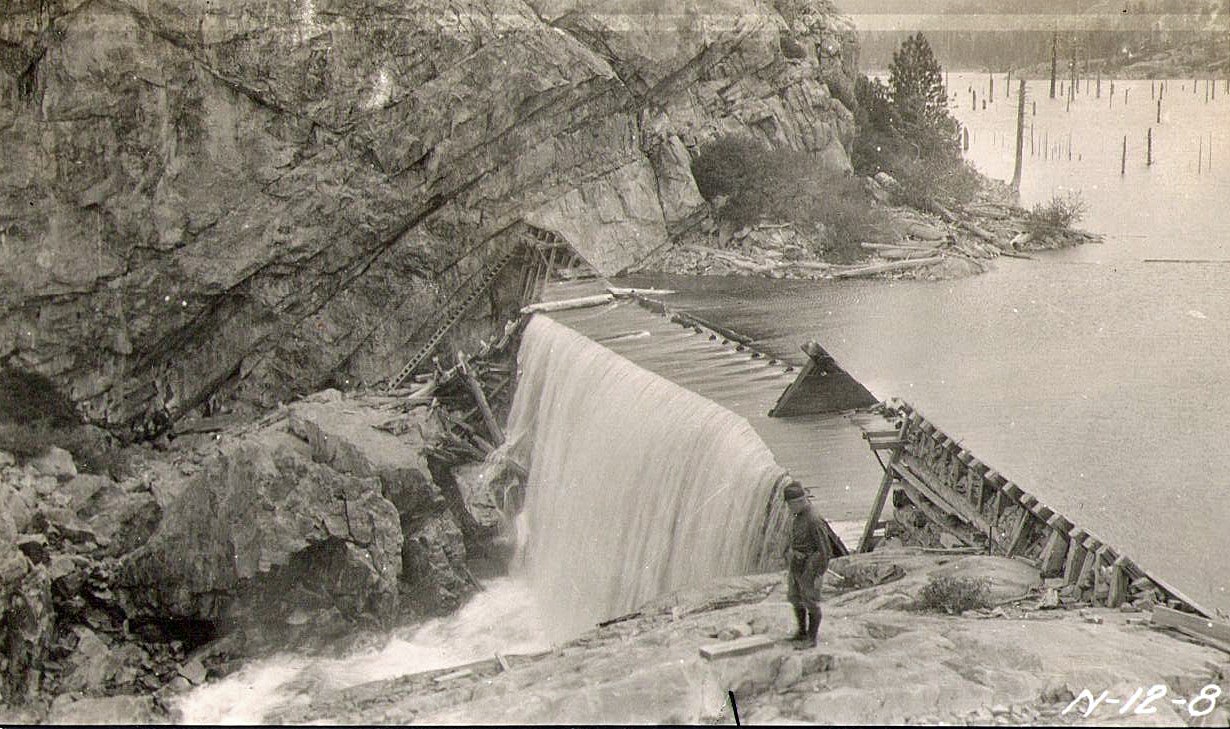The 53 Water Rights NID Owns and Utilizes

Currently, the Nevada Irrigation District has 53 established water rights. We also have one pending application and two pending transfers. Twenty-eight of the water rights were established after 1914, including the Bear River water right. Before 1914, there were 25 Riparian Rights.
As part of our Plan for Water process, we are looking into our current water rights and exploring ways, in partnership with the community, to ensure there is enough water for everyone for the next 50 years to come.
Watersheds
Initially, the old reservoir and canal system served gold mines. Now, this modern-day water distribution system serves all our customers across the District.
The Nevada Irrigation District water rights are located in two main watersheds. One is the Yuba River Watershed. The second is the Bear River Watershed. We also hold water rights in the Auburn Ravine and Orr/Raccoon Creek.
Our mission is to provide a dependable, quality water supply while being good stewards of the watershed. We need to conserve the available resources within our care to do that.
Water Storage and Purpose
Our water is used for many purposes in our homes, irrigating our crops and pastures, and putting out fires. However, some people might not immediately realize that it's also used for purposes such as power and recreation. So let's take a look at some of the places we store and divert water to, as well as its purpose:
Yuba River Watershed
- Jackson Meadows Campground - Domestic
- Milton Diversion Dam - Domestic, irrigation, power, recreation, stock water, fire protection
- Drum Canal - Power
- South Yuba Canal - Power
Canyon Creek
- Sawmill Lake - Domestic, irrigation, power
- French Lake - Domestic, irrigation, power
- Bowman Lake - Irrigation, municipal, industrial, stock water, fire protection, recreation
- Faucherie Lake - Domestic, irrigation, power, municipal, industrial, stock water, fire protection
- Bowman Powerhouse - Power
Deer Creek
- Keystone Canal - Irrigation, stock water
- Tunnel Canal - Domestic, irrigation, stock water, fire protection, recreation
- Newtown Canal - Domestic, irrigation, stock water, fire protection, recreation
- D/S Canal - Domestic, irrigation, stock water, fire protection, recreation, municipal, industrial
- Cascade Canal - Domestic, irrigation, stock water, fire protection, recreation, industrial
- Scotts Flat - Irrigation, domestic, stock water, fire protection, recreation, power
There are so many different places we store water to get it to all our customers in the Nevada Irrigation District. These are just a few of them.
Compliance
Because water is a finite resource, especially out here in the West, where we often find ourselves in a drought, we have to follow the rules with water distribution.
Amount, Purpose, and Requirements
The total amount we take from the source can not exceed 162,221 acre-feet per year. The total amounts for beneficial use can not exceed 164,531 acre-feet per year.
We also must make all the water rights information available to the public. This is required to be reported annually.
We also must calibrate and certify the accuracy of our water measurement systems every five years since the passage of Senate Bill 88 in 2015.. In addition, according to that same bill, we must collect data hourly. View the hourly data for our watersheds, click here.
Environmental Compliance
We must meet the California Environmental Quality Act requirements for any proposed projects the Nevada Irrigation District wants to pursue. This act requires the environmental impacts of proposed projects to be disclosed to the public for consideration.
We will do an Environmental Impact Report for each potential project to identify possible impacts and propose clear mitigation measures to combat any negative effects. The public then has several opportunities to comment on the proposed project.
Plan for Water
Currently, our big project is Plan for Water. So far, we have held five workshops where the public has been invited to participate. There will be many more workshops as we cover 11 stages where questions and concerns can be addressed. This is your water, and as such, we hope you will want to participate and ask questions to help us plan for the next 50 years.
We can increase everyone's understanding of water resource challenges and the community's long-term plans and priorities by working together with the public.
